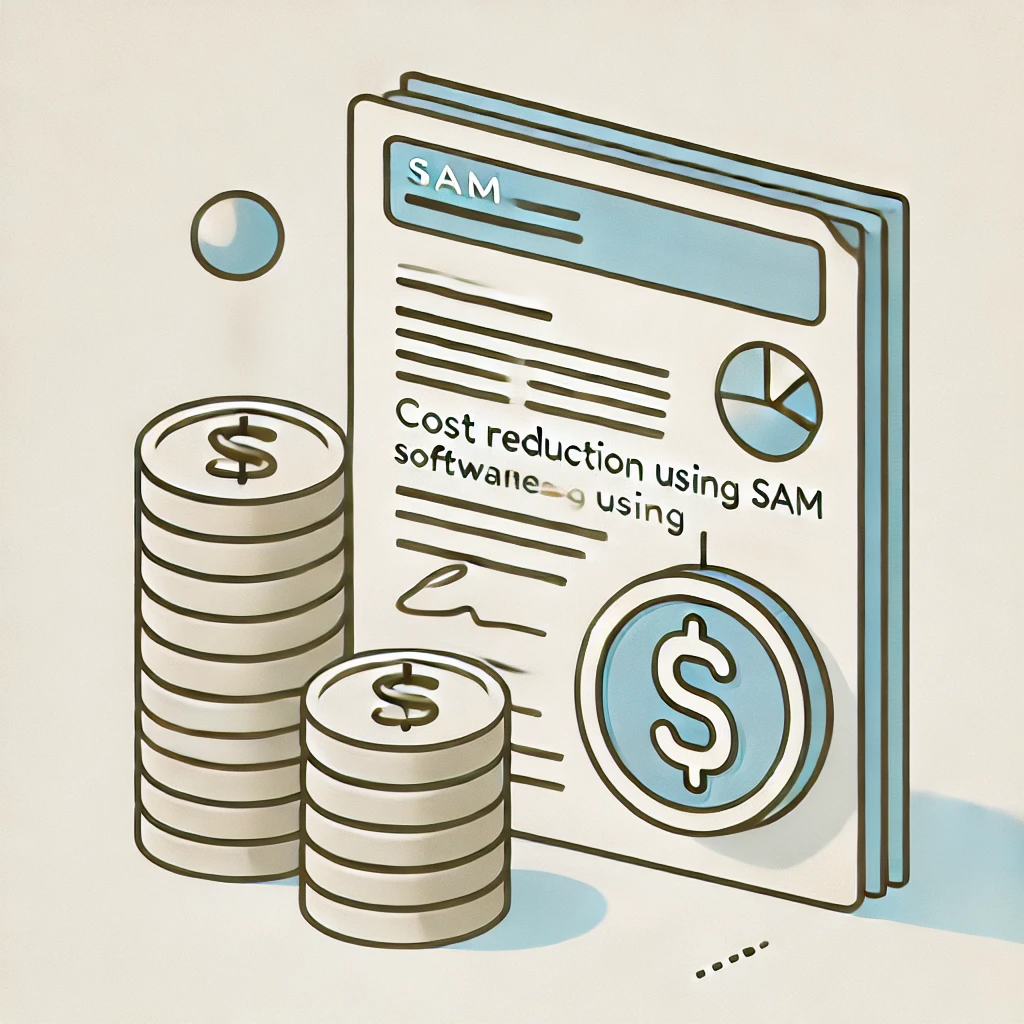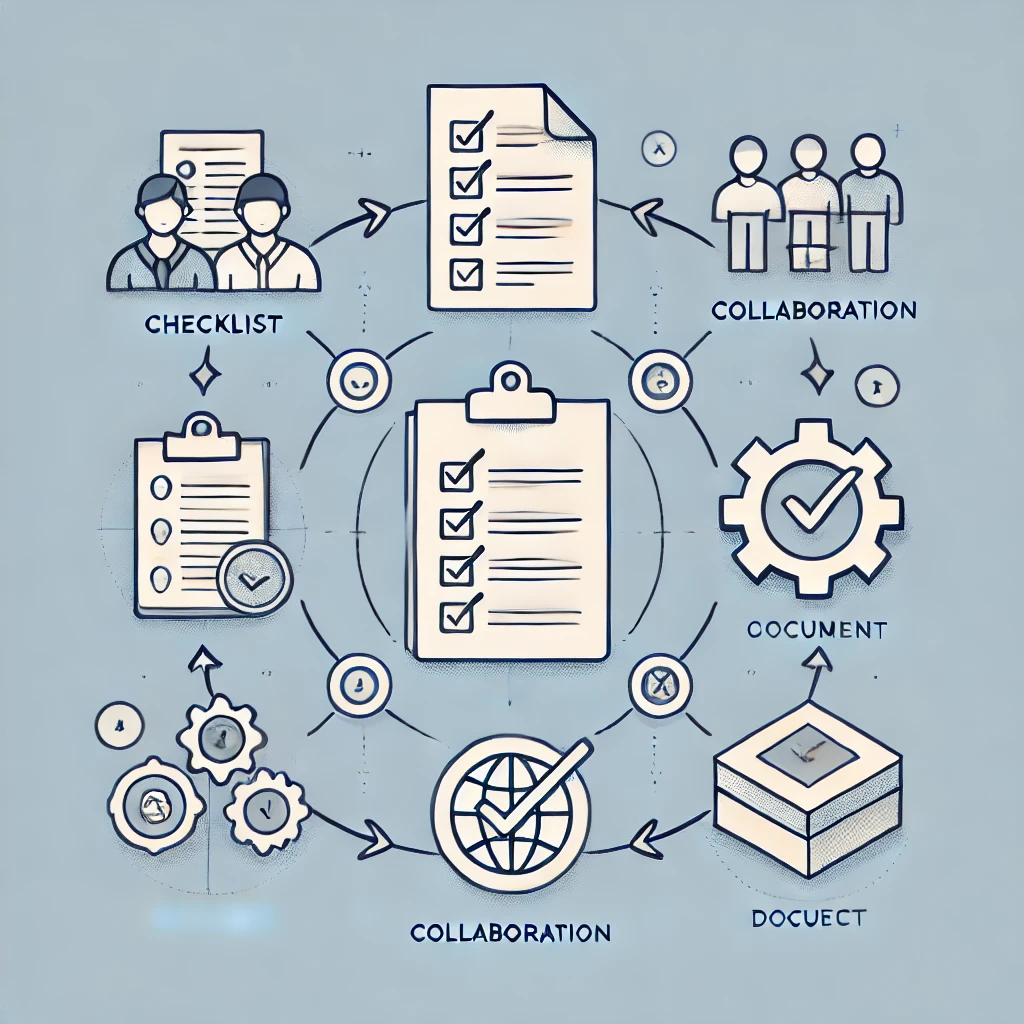Software Asset Management (SAM) Best Practices
- Regular Audits: Conduct frequent software audits to ensure compliance.
- Inventory Management: Maintain an updated inventory of all software assets.
- Usage Analytics: Track software utilization to optimize license allocation.
- Centralized Licensing: Use a centralized system to manage licenses.
- Policy Implementation: Establish and enforce a robust SAM policy.
Software Asset Management (SAM) Best Practices
In today’s technology-driven world, effective Software Asset Management (SAM) is essential for organizations to optimize software usage, minimize costs, and stay compliant with licensing agreements.
SAM goes beyond simple inventory tracking—it’s a strategic approach that aligns software assets with business goals, reduces risks, and drives operational excellence.
This article delves into SAM best practices, highlighting its significance, cost-saving potential, tools, policy development, and real-world success stories.
1. Introduction to Software Asset Management

What is SAM?
Software Asset Management (SAM) is a business practice that encompasses managing and optimizing the purchase, deployment, maintenance, usage, and disposal of software assets. It ensures that organizations have a clear view of their software inventory and use it efficiently while maintaining compliance with licensing agreements.
Why SAM is Critical
- Cost Optimization: SAM helps identify and eliminate unnecessary software expenses.
- Risk Mitigation: Ensures compliance with vendor agreements, reducing legal and financial risks associated with audits.
- Operational Efficiency: Streamlines processes, improves resource allocation, and enables better decision-making.
Organizations without robust SAM practices often face challenges like license overuse penalties, underutilized software investments, and inefficiencies that hinder growth.
2. How SAM Reduces Licensing Costs

SAM as a Cost-Saving Tool
Licensing costs are among organizations’ largest IT expenses. SAM helps optimize these costs through better visibility and proactive management.
Key Cost-Reduction Strategies
- Eliminating Over-Licensing
- SAM identifies software that is underutilized or not being used at all.
- Licenses can be reallocated or canceled, preventing unnecessary renewals and reducing waste.
- Avoiding Non-Compliance Fines
- Software audits can result in hefty fines if usage exceeds licensed limits. SAM tracks software usage and ensures compliance, mitigating audit risks.
- Rightsizing Licenses
- SAM helps match software purchases to actual usage, ensuring businesses buy the right number of licenses for their needs.
- Leveraging metered or subscription-based licenses based on usage data can further optimize costs.
- Improved Vendor Negotiations
- Detailed software usage insights strengthen the organization’s position when negotiating licensing terms, enabling better discounts and flexible agreements.
By implementing SAM, companies turn software licensing from a significant expense into a well-managed investment.
3. SAM Tools and Their Features

The Role of SAM Tools
SAM tools automate and simplify software asset management, providing organizations with the insights and controls needed to optimize their software ecosystems.
Essential Features of SAM Tools
- Discovery and Inventory Management
- Automatically identifies and tracks all installed software across the organization.
- Maintains a centralized inventory for better visibility and control.
- License Compliance Management
- Monitors software usage against licensing agreements to ensure compliance.
- Tracks license renewals and expirations to prevent lapses.
- Usage Analytics
- Provides detailed reports on software utilization, identifying opportunities to optimize or reallocate licenses.
- Audit Preparedness
- Simplifies the preparation of audit reports, demonstrating compliance and reducing audit-related stress.
- Integration Capabilities
- Seamlessly integrates with IT Service Management (ITSM), Configuration Management Databases (CMDBs), and financial systems for unified operations.
Leading SAM Tools
Popular SAM solutions include Flexera, Snow License Manager, ServiceNow SAM, and Microsoft SCCM. Each tool caters to specific needs, ranging from small businesses to large enterprises.
4. Building a SAM Policy for Organizations

Why a SAM Policy is Necessary
A SAM policy establishes guidelines for managing software assets effectively. It ensures consistency, accountability, and alignment with organizational goals.
Steps to Develop a SAM Policy
- Define Objectives
- Clarify what the organization wants to achieve with SAM, such as cost reduction, compliance, or operational efficiency.
- Conduct a Comprehensive Inventory
- Perform an initial inventory to understand the current software landscape and create a baseline for management.
- Assign Roles and Responsibilities
- Designate individuals or teams responsible for software procurement, usage monitoring, and compliance management.
- Establish Governance Processes
- Define standard procedures for acquiring, deploying, and retiring software assets.
- Include guidelines for periodic audits and compliance checks.
- Leverage SAM Tools
- Use automation and analytics tools to manage licenses, monitor usage, and ensure compliance.
- Educate Employees
- Train staff on the importance of SAM and the organization’s policies to ensure adherence.
- Implement Continuous Improvement
- Review and refine the SAM policy based on audit findings, usage patterns, and organizational changes.
A robust SAM policy is the backbone of an effective SAM program. It ensures that all software-related decisions align with the organization’s goals.
5. Case Studies: SAM Success Stories

Case Study 1: Retail Industry Cost Optimization
A global retail chain faced rising software costs and audit penalties due to poor license management.
By implementing a SAM solution, they:
- Reduced software spending by 25% by identifying and canceling unused licenses.
- Achieved full compliance, avoiding penalties during vendor audits.
Case Study 2: Financial Institution Achieves Compliance
A financial services provider struggling with audit penalties adopted SAM tools and policies to:
- Maintain real-time license compliance.
- Save over $500,000 annually by rightsizing licenses and renegotiating vendor contracts.
Case Study 3: Tech Firm Enhances Operational Efficiency
A technology company with a complex software ecosystem leveraged SAM to:
- Consolidated software contracts reduce vendor count by 30%.
- Improve user productivity by ensuring employees have access to required software without delays.
These case studies demonstrate how SAM addresses compliance and delivers tangible financial and operational benefits.
FAQs
What is the primary goal of Software Asset Management (SAM)?
SAM aims to optimize software asset acquisition, deployment, and use while ensuring compliance with licensing agreements.
How does SAM help reduce software costs?
SAM identifies unused or underutilized software licenses, allowing organizations to reallocate or eliminate them, saving costs.
Why are regular software audits necessary?
Audits help maintain compliance with licensing agreements, avoiding penalties and ensuring accurate software tracking.
What is the role of inventory management in SAM?
An updated software inventory provides visibility into all assets, supporting better resource allocation and compliance monitoring.
How can organizations track software usage effectively?
SAM tools provide analytics to monitor software usage, highlighting opportunities to optimize licenses and reduce waste.
What should a SAM policy include?
A SAM policy should define software procurement, usage, compliance monitoring, disposal procedures, and roles and responsibilities.
How does SAM improve compliance with vendors?
SAM ensures adherence to licensing terms, tracks usage accurately, and prepares organizations for vendor audits.
What tools are essential for effective SAM?
SAM tools like Flexera, Snow License Manager, and ServiceNow SAM help automate inventory, compliance tracking, and usage analytics.
How does centralized licensing benefit SAM?
Centralized licensing consolidates management, simplifies compliance tracking, and reduces the risk of redundant purchases.
Why is user education important in SAM?
Educating employees ensures they understand software usage policies, reducing unintentional license violations.
How can SAM support better vendor negotiations?
Detailed usage analytics leverage organizations in negotiations, enabling cost-effective and flexible licensing agreements.
What is the importance of tracking renewals in SAM?
Tracking renewals prevents lapses in licensing agreements, avoiding operational disruptions and compliance risks.
How often should SAM policies be reviewed?
SAM policies should be reviewed annually or after major organizational changes to remain effective and relevant.
What is the impact of automation on SAM?
Automation reduces manual errors, provides real-time insights, and ensures compliance, making SAM processes more reliable.
Can SAM support multi-cloud environments?
Modern SAM tools manage software assets across on-premises and cloud environments, providing unified oversight and control.